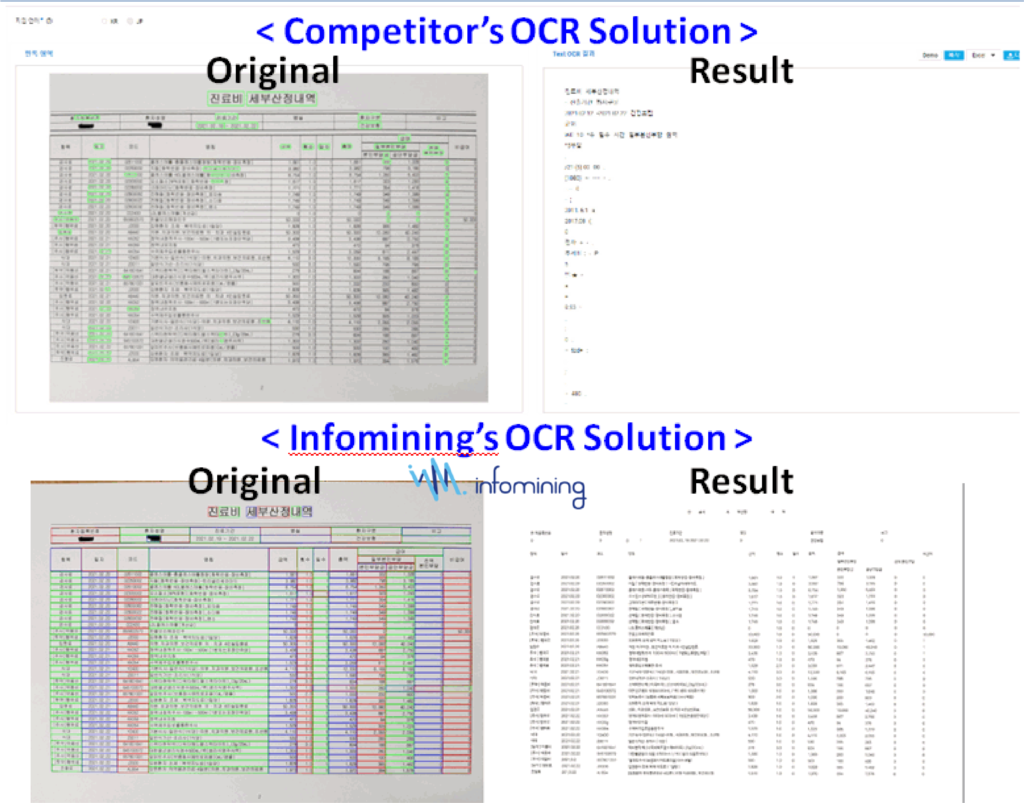
subway and transportation sWhile Japan is aging the fastest in the world, JMDC, which has 14 million medical information, provides analysis data to each workplace insurance association, anonymizes/standardizes their medical information, and sells it to insurance companies, research institutes, pharmaceutical companies, and medical device companies.
By the way, what medical information did JMDC receive from the workplace insurance association? It is the medical expense statement and receipt submitted by the policyholder to claim the insurance money. This includes the patient’s gender, age, disease name, duration of illness, and medication, which are essential information for insurers, research institutes, pharmaceutical companies, and medical device companies. JMDC recognized the importance of this information early on and received investments from medical device companies such as OLYMPUS and OMRON. Since its listing on the Tokyo Exchange, it has been growing even faster through COVID-19.
I think this is not just a matter of looking at it from the perspective of a company selling medical statistics data. In a country, this would also be a huge loss if it sat on the sidelines of an increase in medical costs across the country due to various medical regulations and personal information protection/credit information/information and communication network protection. In fact, according to a study released by the Korea Institute of Industry last year, if smart healthcare services are introduced, national medical expenses will be reduced by about 700 billion won in 2025.
However, the medical expense statement and receipt obtained by JMDC have some inconvenient disadvantages. It was submitted and received by the policyholder to claim the insurance money. In other words, it is a paper medical expense statement and receipt. Even if JMDC received the medical bills and receipts in Scan File, there would be crumpled paper, slanted paper, and reduced resolution. Eventually, JMDCs can use the OCR program to read these medical expense statements and receipts to read important data contained therein, and will store the data on their servers. However, if the accuracy of the OCR program used by JMDC is poor, it will result in the hassle of having to check one by one and input it directly and throwing away a huge amount of time. This is because the accuracy of data to be entered through paper medical expense statements and receipts is the most important key factor in JMDC’s business.
Recently, JMDC has officially requested a remote video meeting with Infomining Co., Ltd. in Korea from the US Asia Journal. The reason is that Infomining has an OCR solution, and its recognition rate is much higher than that of several competitors. The comparison target is Korea’s Global Company’s Cloud Platform, which has unique technologies such as being selected for the Global Challenge field and international conference papers. Nevertheless, compared to the company, Infomining can confirm that the recognition results are significantly better in crumpled medical expense statements, tilted medical expense statements, and low-resolution medical expense statements. What’s also surprising is that Infomining’s OCR solution allows artificial intelligence to self-correct typos and recognize more accurate data. This means that the accuracy of artificial intelligence will increase further depending on the situation in which big data such as technical terms used in the medical industry are held.
Using the big data of the medical statistics data service in this way will reduce medical expenses across the country. However, since accuracy is most important for this big data, it is important to obtain accurate information more quickly and easily.
It is worth looking forward to how the cooperation between Japan’s JMDC and Korea’s Infomining will proceed in the future.
MIKE CHOI
ASIA JOURNAL

